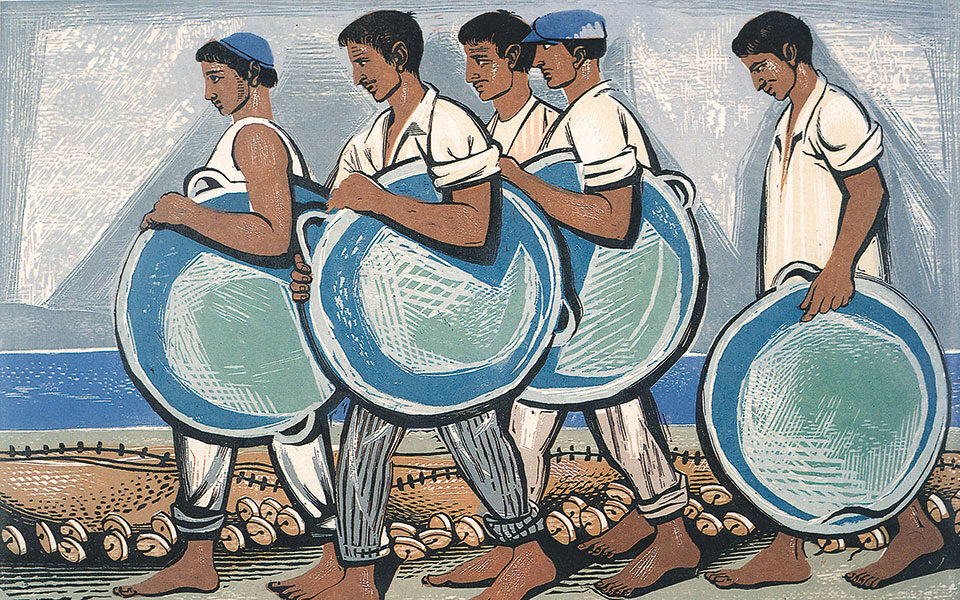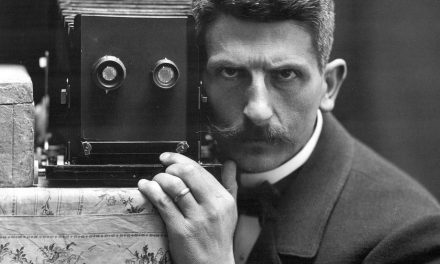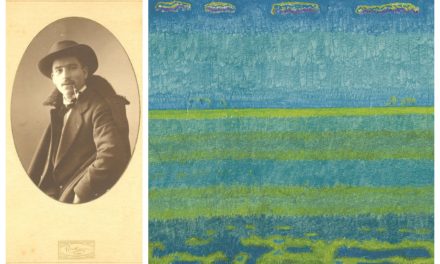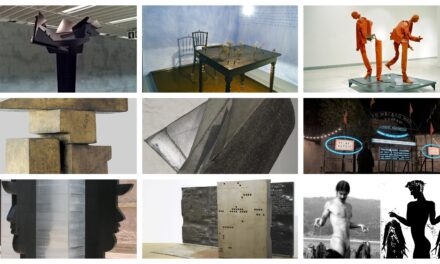The Art Gallery of the Municipality of Central Corfu and Diapontian Islands is organizing a retrospective exhibition of the distinguished engraver A. Tassos showcasing so far unknown woodcuts as well as representative works he created from his student years until his death in the 80s. The exhibition, under the title “A. Tassos – Engraving” is curated by art historian Yiannis Bolis and will run until June 9, 2023.
Anastasios Alevizos (1914 –1985) was a Greek engraver, etcher and sculptor, who became famous under the name Tassos. He studied at the Athens School of Fine Arts under the master of Greek engraving, Yannis Kephallinos; he also worked as an apprentice in the workshops of great painters and sculptors such as Demetrios Galanis, Umberto Argyros and Konstantinos Parthenis. Among his fellow students were Vaso Katraki, Loukia Maggiorou –who would become his life partner- and Yiannis Moralis. He continued his studies in Rome, Florence and Paris. In 1938 he was awarded the Prize of Engraving and in 1940 the State Medal of Engraving. He joined the Greek Communist Party in 1930, and during the Nazi occupation of Greece, he joined the National Liberation Front (EAM), creating resistance propaganda material. In 1959 he became director of the pioneering Department of Graphic Arts at the Athens Technological Institute (Konstantinos Doxiadis School), where he taught until 1967. In the years of the Military Junta (1967-1974), he lived in self-exile abroad, creating works of social protest.
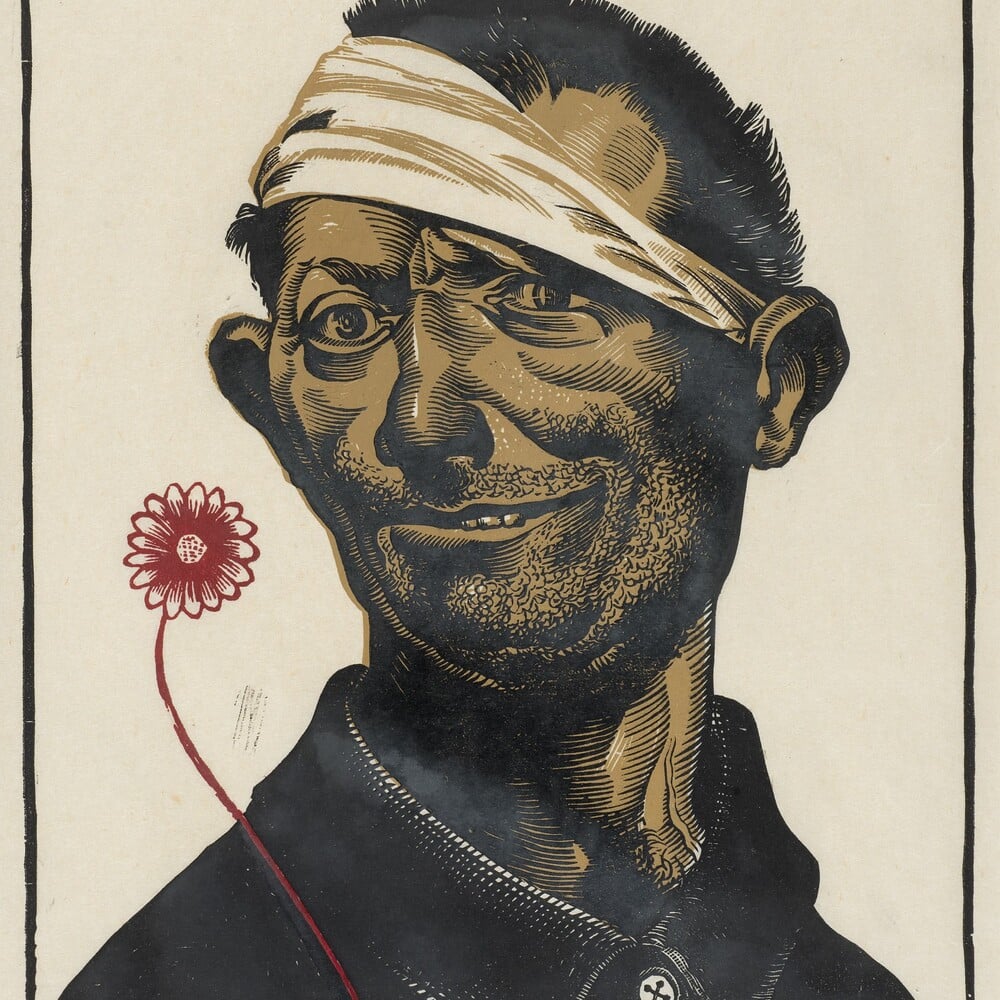
Tassos’ engravings focus on ordinary people, rendering their toil and pain. As a militant artist, he “remained until the end of his life faithful to the case of the struggle for a new society”. His oeuvre is distinguished for its technical and artistic excellence, the artist’s personal interpretation of traditional forms, and a humanitarian dimension, which often takes the form of social protest (as in the works created during the 1967-1974 Dictatorship).
One of the first works he created, while he was still a student, is “The Madman with the Red Flower”. He had carved the male figure with the bandage on his head in 1939. But when he was invited to participate, along with other Greek artists in an exhibition that would be hosted in the ruined halls of the National Archaeological Museum in 1942, he decided that he had to complete the woodcut. This addition led to his arrest and imprisonment by the occupying Nazi forces. The flower symbolized, according to the conquerors, all the sufferings of the Greek people at that time. This is also the work that welcomes the visitor the retrospective exhibition “A. Tassos Engraving” at the Gallery of the Municipality of Central Corfu.
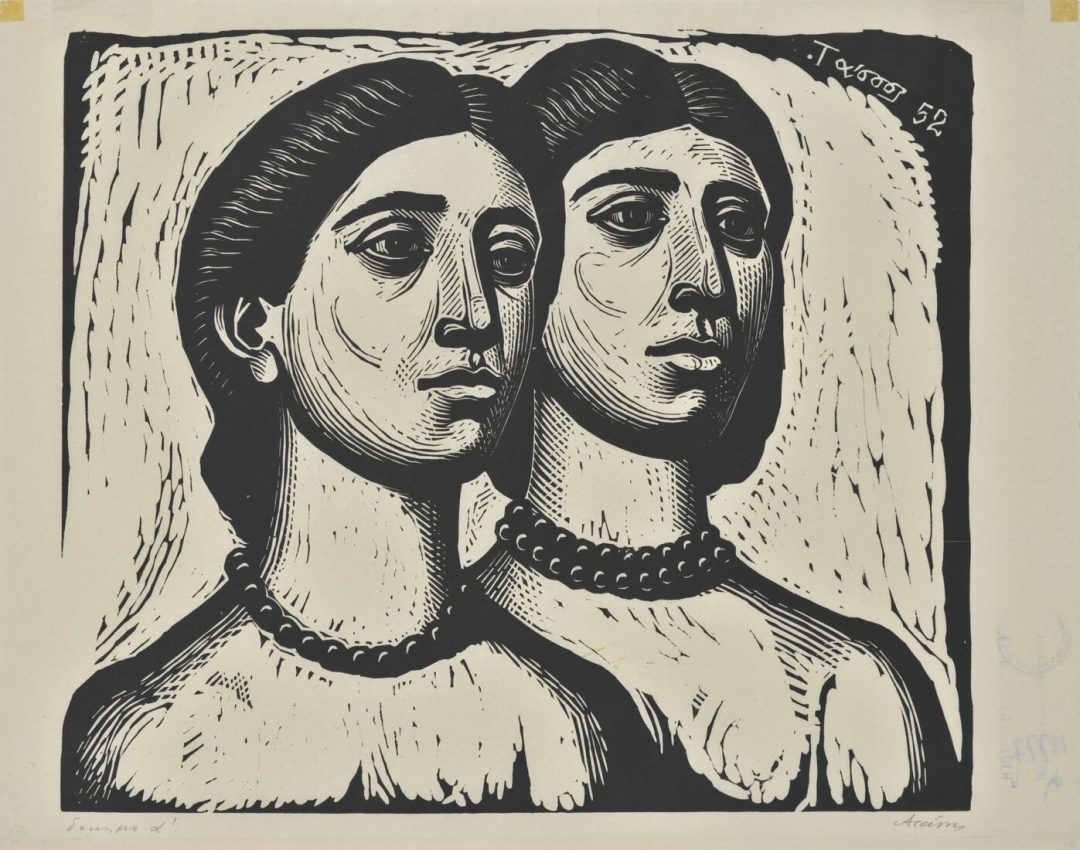
As we read in the Xenia Gregoriadou’s article “Tassos, the engraver of toil” for newspaper Kathimerini, curator Yannis Bolis said:”This exhibition comes as a natural sequel to our retrospective exhibition dedicated to Vasso Katraki in 2022. These two artists studied together during the same troubled period for Greece, they embraced the same beliefs, they both participated in the EAM faction of artists, and their subject matter converged. Each artist, via their art mediums and style, speak about the individual and the collective, their common fate, their hopes and anxieties and hopes and raise fundamental issues such as life, death, solidarity, freedom, democracy.”
The exhibition follows in chronological order all the phases of the engraver’s prolific career: from his student years, to the color woodcuts of the 1950s, to the works of protest art on during the Colonel’s Dictatorship, and finally to the works of 1980’s. At the same time, the exhibition illuminates through Tassos’ illustrations and book covers his activity in the graphic arts. “He was a pioneer. He considered graphic design to be equal to engraving”, says curator Yannis Bolis. The 46 works – woodcuts, 3 wooden plates, but also book covers – come from the Society of Visual Arts “A. Tassos”. The Society, founded a year after his death, in 1985, on the initiative of his life companion and fellow artist Loukia Maggiorou, had a double goal: to preserve the artist’s archive, to promote his work, but also to provide a creative platform for new engravers. “The exhibition presents eight works that have never been exhibited before and three wooden, inked plates that introduce us to his way of working”, says the president the Society, Irini Orati. For her, the end of the 1950s is the most important and recognizable period of his work. It is then that Tassos decides that the experimentation with color is complete and he must turn to the relationship between white and black.
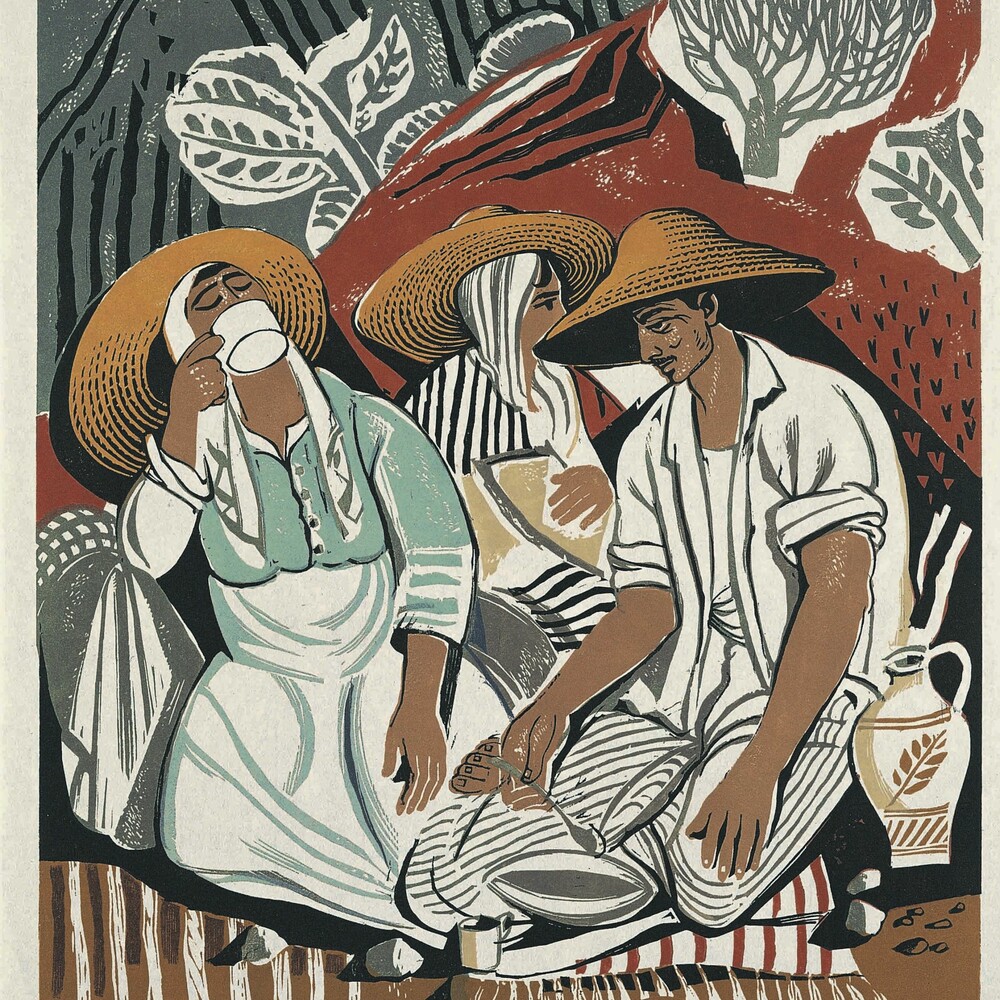
Yannis Bolis agrees. “He understands that black and white should beat at the core of his art and takes advantage of large pieces of paper for printing, so that the forms are simplified, formalized. He begins to work with coarse tools on the wood and the engravings become rougher. The areas of black on the print are also large, creating space so that the two opposites to converse. “His figures are squeezed into the narrow contours; their faces are characterized by hardness but also perseverance”, comments Irini Orati. During the Dictatorship he worked quietly and this body of work with its overarching political themes and monumental compositions was showcased in a major exhibition that took place in November of 1975 at the National Gallery, which today also owns most of his work, a total of 150 woodcuts that he donated himself in March ’85, shortly before he passed away.
I.L., with info from Iset and Kathimerini
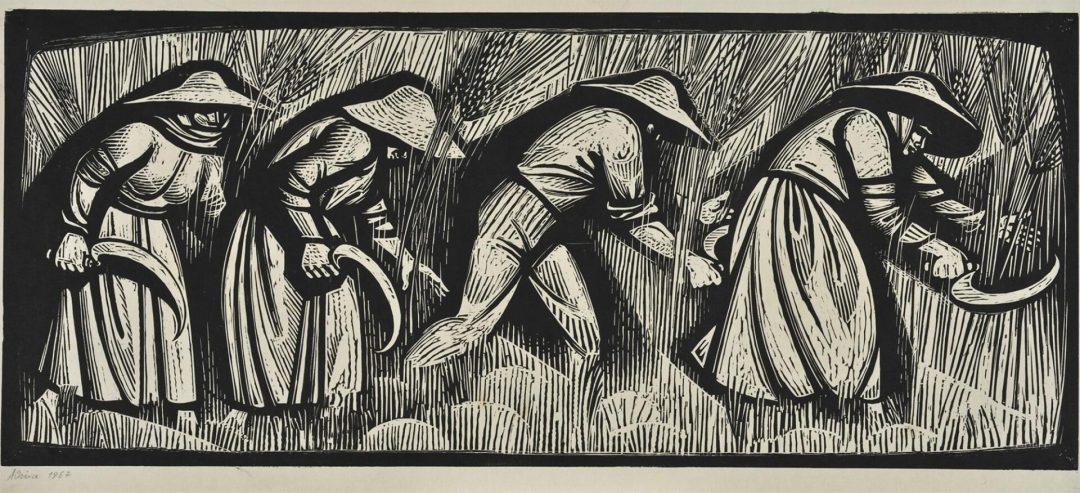
TAGS: ARTS | GLOBAL GREEKS

